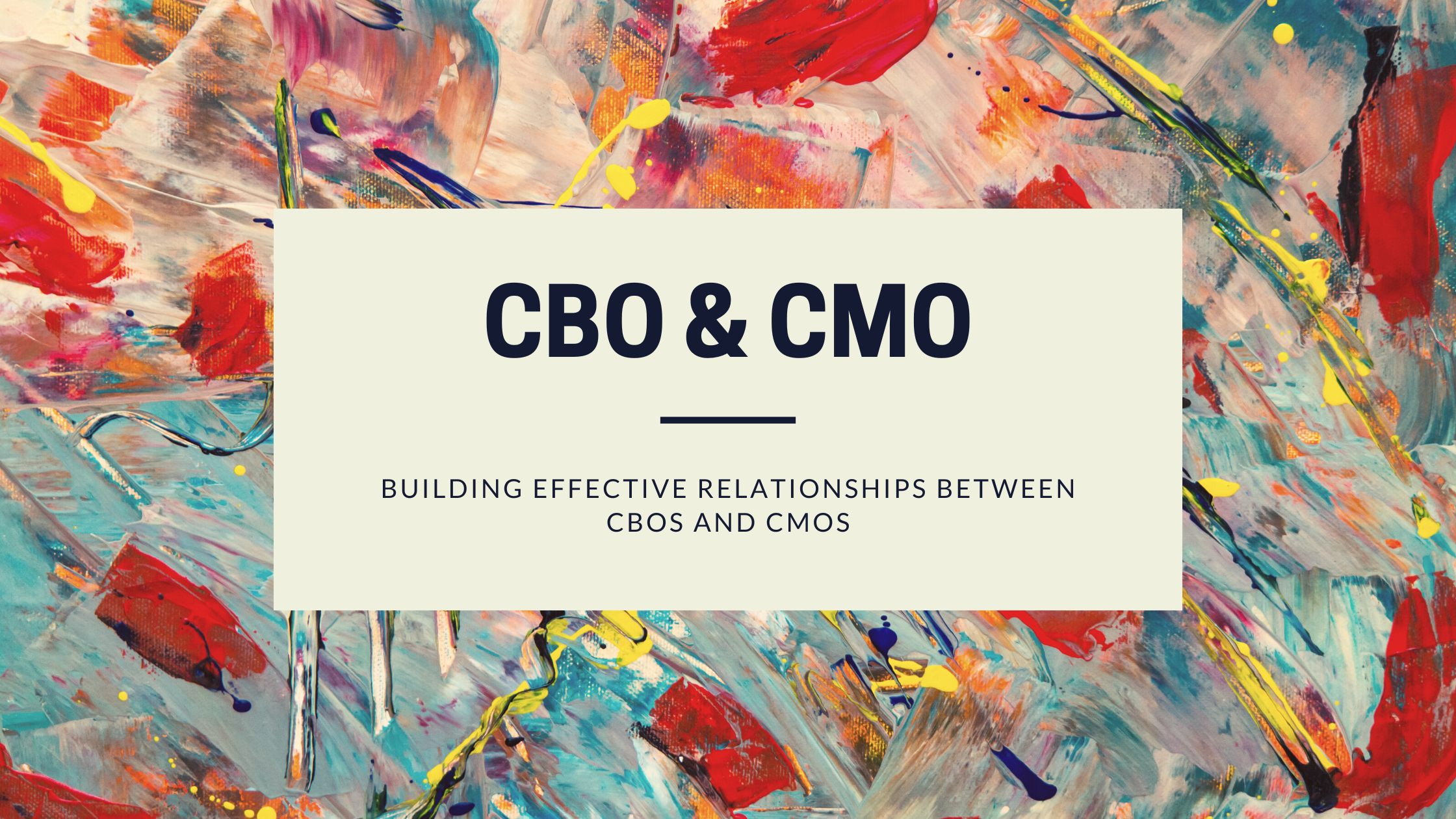B2B is not the sexiest category. The acronym conjures images of overused stock photography, repurposed social selling content, bland product messaging, whitepapers and franken-decks. That’s a stereotype of course, especially today, as B2B campaigns are becoming increasingly ingenious and evolved. And yet, many B2B brands today refuse to go against the grain and embrace the maverick within. As a result, their business suffers.
B2B brands need to captivate their audience during critical moments or risk a prospective client losing interest, pushing your enterprise further away from buying consideration. With 60% of executive buyers stating they are unsatisfied with their interaction with sellers (source: Forrester) creating captivating and memorable moments with buyers throughout the consideration process is a must.
The biggest problem is that B2B sales teams continue to approach opportunities with recycled content and processes that fail to generate meaningful engagements during do or die moments. More than ever, your sales strategy, messaging, and storytelling execution must be an active story that fits into the busy product-filled lives of your buying audience.
How do you ensure your sales teams connect with audiences—no matter how diverse? Here are four key steps B2B organizations can take to create more impactful experiences that ensure all audiences are captivated throughout all buying consideration touch points.
Make the customer the hero of the story
Prospects want more control over their individual experiences, allowing them to influence or become involved in events, and, as marketers it’s our job to give them power and organize our stories around their needs to show how that we are uniquely positioned to solve their pain points.
Narratives that emotionally connect
Create narratives that bring your company or solutions value proposition to life in a way that connects with prospects on both rational and emotional levels. Sales teams are craving engaging content that they can use to get their prospective buyers to lean into the conversation. Now more than ever, enterprises that consistently show they are finding creative ways to understand and address the unmet needs of their customers are able to increase trust with their buying audience. It also allows you to make a connection with prospects can greatly increase your ability to close deals. How has your product or service helped other companies? How has it caused big changes for other organizations? Using narratives as the foundation allows you to build messaging and materials that carry consistent themes, language, and value propositions for your sales teams to use in all conversations.
Use provocative and persuasive language
Identify differentiating language you can own within the marketplace to carve a unique advantage. The words you choose to use should reflect the language of your prospective buyers and reinforce the value your that your solutions provide them. More interesting sales language is one of the most powerful tools salespeople have to communicate and motivate.
Captivate at all touchpoints
From visuals to usability, every single element is crucial to the customer experience and in turn, has a huge impact on the brand’s ability to retain customers and attract new ones. Messaging and sales presentations must be readily available and consistent. The amalgamation of all your sales and marketing materials must be airtight and well-orchestrated to ensure your sales team makes it to the finish line.
For an organization to successfully grow, marketing and sales need to work together to capture and uphold prospective buyer’s interest. Today the buying behavior is constantly changing and most importantly, the buyers are in control. Focused on delivering more emotionally impactful moments gives you a customer-centric approach that can earn the trust of your buyers and drive more revenue for your company.
——————————————————————————————————–
I also have written about this topic in more detail on Forbes and on Linkedin.





